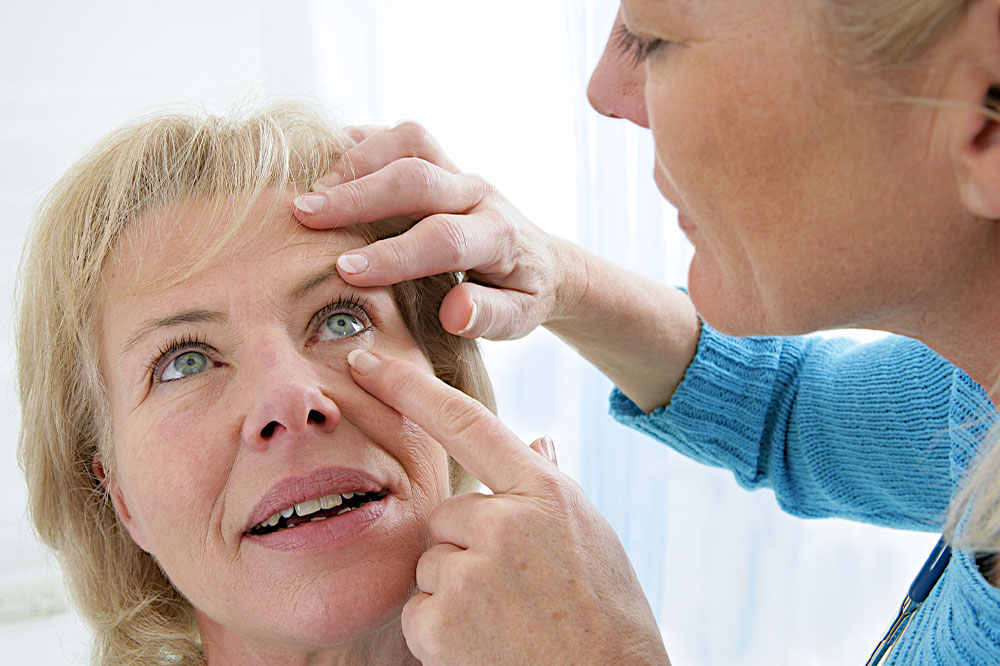
7 signs and symptoms of hemophilia
Hemophilia is when a person inherits a bleeding disorder that does not allow the blood to clot in the body when necessary. This leads to continuous bleeding if there has been an injury and can also be a complication during surgeries. There are some proteins called clotting factors that help in stopping the bleeding, and those with hemophilia have low levels of these clotting factors. Here are some of the symptoms of hemophilia, to know.
Common signs and symptoms
Here are some of the symptoms of this condition that can be observed, and a diagnosis can be arranged based on these. It is important to get the right tests done and speak to a healthcare professional before devising any treatment plans.
Bleeding in the joints
As the condition progresses, one of the most common symptoms is repeated bleeding within the joint. This can cause the joint lining to break down over time, leading to joint damage. Eventually, this damage can become severe enough to cause chronic pain and disability.
Bleeding into the skin
Anyone who often notices bruises on their skin may indicate hemophilia. There is easy bruising on the skin and muscle and the soft tissue in the body. There is also a buildup of blood, which is called hematoma.
Bleeding of the gums
Gum bleeding is another common symptom of hemophilia, and one may find it complicated to stop the bleeding after losing a tooth.
Bleeding after vaccinations
All babies are recommended vaccinations at different life stages. Even some adults need vaccinations at different stages for various flu cases, illnesses, diseases, and so on. The bleeding can be a problem for hemophilia patients, as the bleeding may not stop after the flu shot or vaccination. Even though it is just a prick on the skin, this is a symptom to look at to help diagnose this condition.
Frequent nosebleeds
These nosebleeds are not only frequent, but they are difficult to stop or control. This is a particular warning sign of hemophilia and should be shown to a doctor immediately so they can formulate a proper treatment as and when necessary.
Bleeding in infants
In some cases, if the delivery of an infant is complicated or gets difficult, it can lead to some complications. One of the telltale signs of hemophilia in infants is observing if there is any bleeding in their head after a difficult delivery. It needs close attention and requires prompt treatment to avoid further complications.
Blood in the urine
Hematuria or blood in the urine is a common symptom of hemophilia and should not be ignored. However, there may be other illnesses that may also have this as a common symptom. Therefore, it is crucial to obtain a prompt diagnosis to determine the appropriate treatment for managing the symptoms.
Types of hemophilia
There are several different types of hemophilia. However, there are two common types which everyone should be aware of, which are:
Hemophilia A
It is also known as classic hemophilia and is caused due to the lack of or decrease in the clotting factor VIII. Two major clotting factors help control the bleeding – Factor VIII and Factor IX.
Hemophilia B
It is also called the Christmas disease, and this is the type that is caused by the lack of or decrease in clotting factor IX.
Causes
This disease results from a mutation or alteration in the genes present in the body. It is an inherited condition passed down from parents to children via the X chromosome in the gene. Below are some essential details to know about this disease.
- Females carry two X chromosomes, and males carry both X and Y chromosomes. If a female carrier has the hemophilia gene in one of her X chromosomes, there is a 50% chance that the condition can be passed on to the baby when she gets pregnant. The gene is transferred to a son with an X chromosome from the mother and a Y chromosome from the father, causing him to have the disease. However, if the gene is passed down to a daughter, she becomes a carrier of the condition but does not have the disease.
- In a scenario where the father has hemophilia but the mother doesn’t, all daughters will be carriers while sons will not have the condition.
It is also to be observed that there are reports of 1/3rd of children with hemophilia who do not have a family history of this condition. This indicates a gene mutation in that generation itself instead of it being an inherited condition. Another thing to note is that hemophilia carriers usually may have normal levels of clotting factors, as mentioned above. However, they can still experience some irregular symptoms associated with the condition, like easy bruising, nosebleeds that are frequent and hard to control, heavy menstrual bleeding in women, and more bleeding during dental work or surgeries.
Preventive measures for hemophilia
Some preventive measures can be taken to help manage this condition and its symptoms. Here’s how:
- A comprehensive check-up every couple of months or annually at a hemophilia treatment center is recommended to stay updated on the condition’s stage. In case there are any complications or other irregularities, they can be handled at an early stage.
- Treating bleeds regularly and adequately should be the top priority.
- Getting tested for any blood-borne infections that may have chances of getting complicated.
- Getting vaccinations on time for hepatitis A and B since that is preventable.
- Exercise regularly to ensure that joints and muscles are strong and healthy.
It is imperative to get good quality care from healthcare professionals who are well-versed in managing the condition. It is also important to visit a comprehensive treatment center that will provide care to address the issue and provide health education to help hemophilia patients stay healthy.




